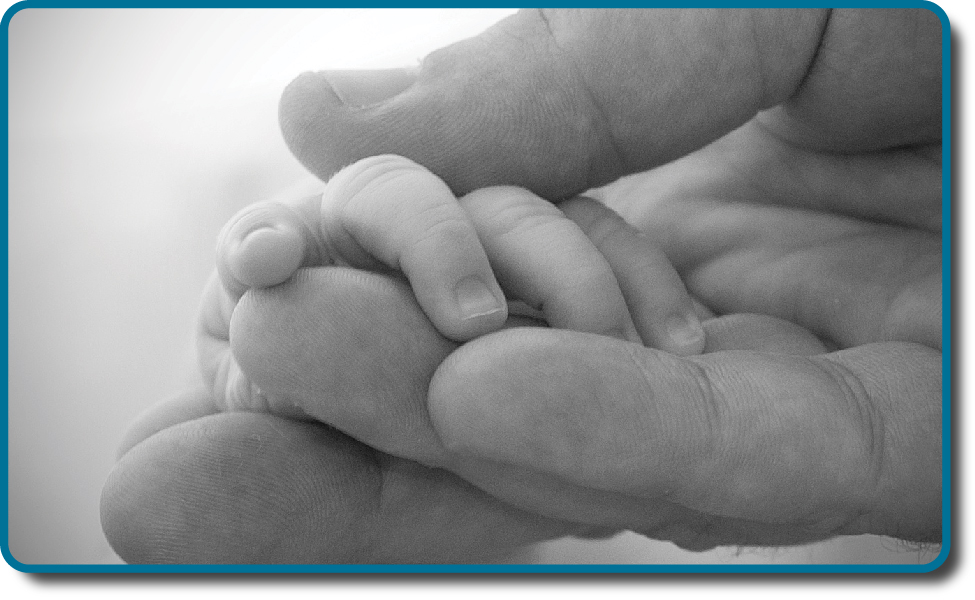| << Chapter < Page | Chapter >> Page > |

Welcome to the story of your life. In this chapter we explore the fascinating tale of how you have grown and developed into the person you are today. We also look at some ideas about who you will grow into tomorrow. Yours is a story of lifespan development ( [link] ), from the start of life to the end.
The process of human growth and development is more obvious in infancy and childhood, yet your development is happening this moment and will continue, minute by minute, for the rest of your life. Who you are today and who you will be in the future depends on a blend of genetics, environment, culture, relationships, and more, as you continue through each phase of life. You have experienced firsthand much of what is discussed in this chapter. Now consider what psychological science has to say about your physical, cognitive, and psychosocial development, from the womb to the tomb.
Ainsworth, M. D. S.,&Bell, S. M. (1970). Attachment, exploration, and separation: Illustrated by the behavior of one-year-olds in a strange situation. Child Development, 41 , 49–67.
Ainsworth, M. D. S., Blehar, M. C., Waters, E.,&Wall, S. (1978). Patterns of attachment: A psychological study of the strange situation . Hillsdale, NJ: Erlbaum.
American Academy of Pediatrics. (2007). The importance of play in promoting healthy child development and maintaining strong parent-child bonds. Pediatrics, 199 (1), 182–191.
Amsterdam, B. (1972). Mirror image reactions before age two. Developmental Psychobiology, 5 , 297–305.
Archer, J. (1992). Ethology and human development . New York, NY: Harvester Wheatsheaf.
Arnett, J. (2000). Emerging adulthood: A theory of development from the late teens through the twenties. American Psychologist, 55 (5), 469–480.
Ashley, S. J., Magnuson, S. I., Omnell, L. M.,&Clarren, S. K. (1999). Fetal alcohol syndrome: Changes in craniofacial form with age, cognition, and timing of ethanol exposure in the macaque. Teratology, 59 (3), 163–172.
Bahr, S. J.,&Hoffman, J. P. (2010). Parenting style, religiosity, peers, and adolescent heavy drinking. Journal of Studies on Alcohol and Drugs, 71 , 539–543.
Baillargeon, R. (2004). Infants’ reasoning about hidden objects: Evidence for event-general and event-specific expectations. Developmental Science, 7 (4), 391–424.
Baillargeon, R. (1987). Young infants' reasoning about the physical and spatial properties of a hidden object. Cognitive Development , 2 (3), 179–200.
Baillargeon, R., Li, J., Gertner, Y.,&Wu, D. (2011). How do infants reason about physical events. The Wiley-Blackwell handbook of childhood cognitive development , 2 , 11–48.
Barber, B. K. (1994). Cultural, family, and person contexts of parent-adolescent conflict. Journal of Marriage and the Family, 56 , 375–386.

Notification Switch
Would you like to follow the 'Psychology' conversation and receive update notifications?